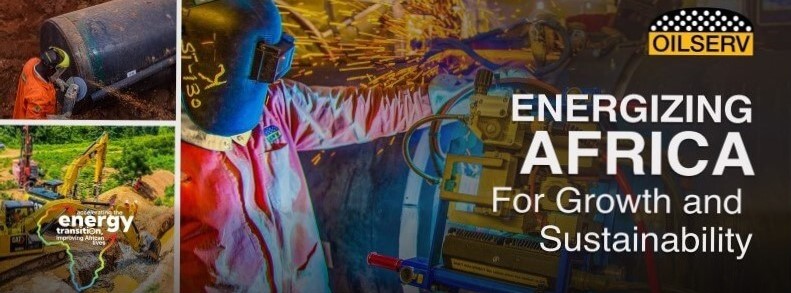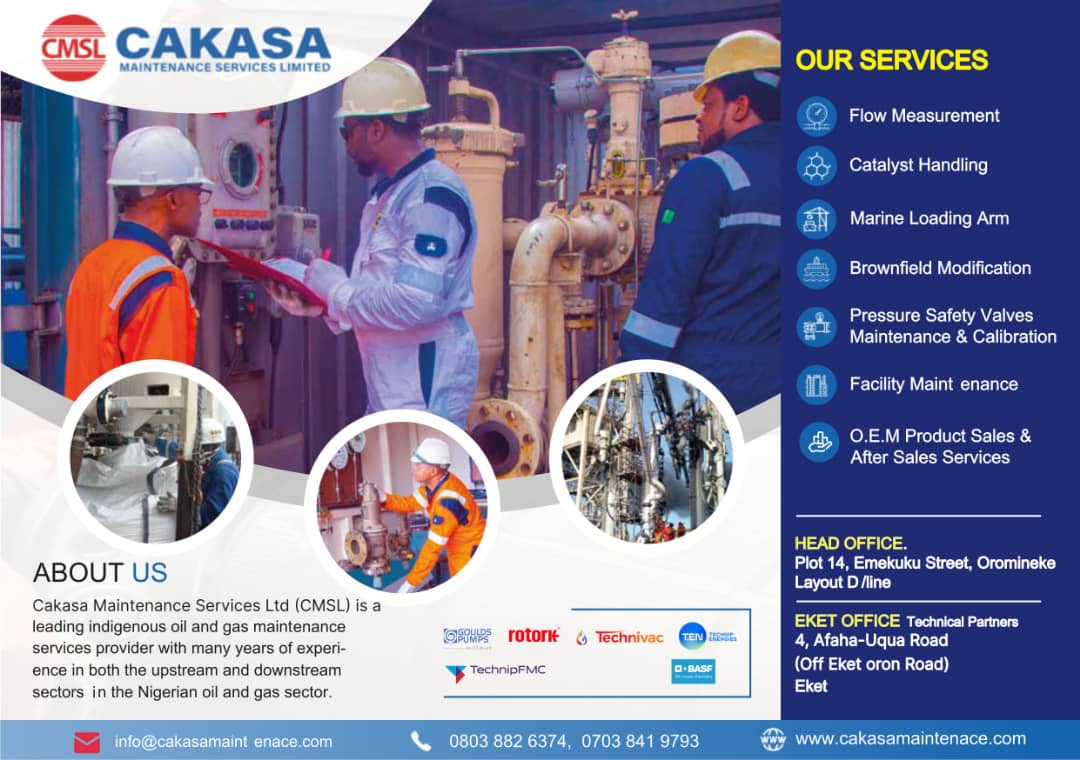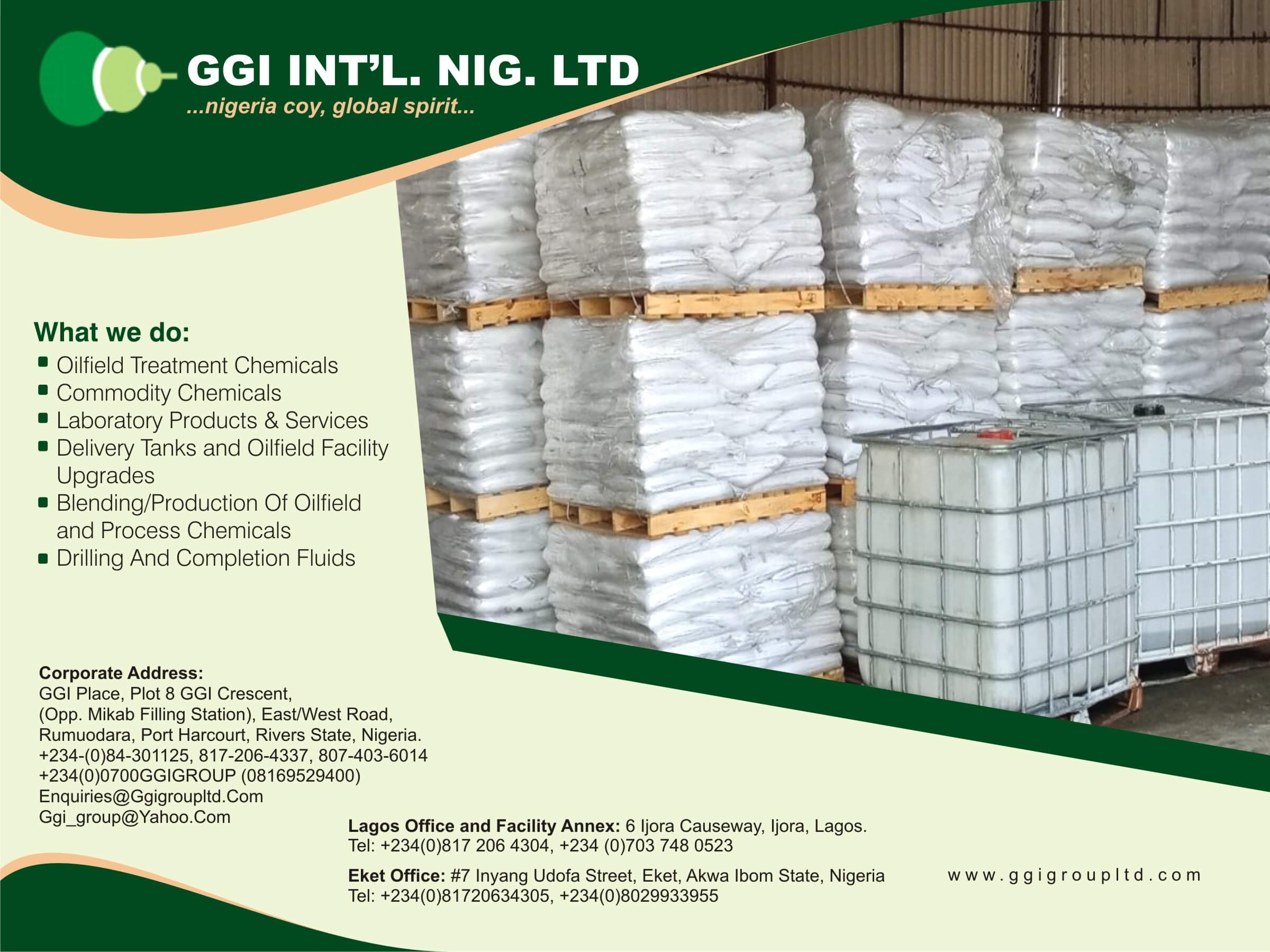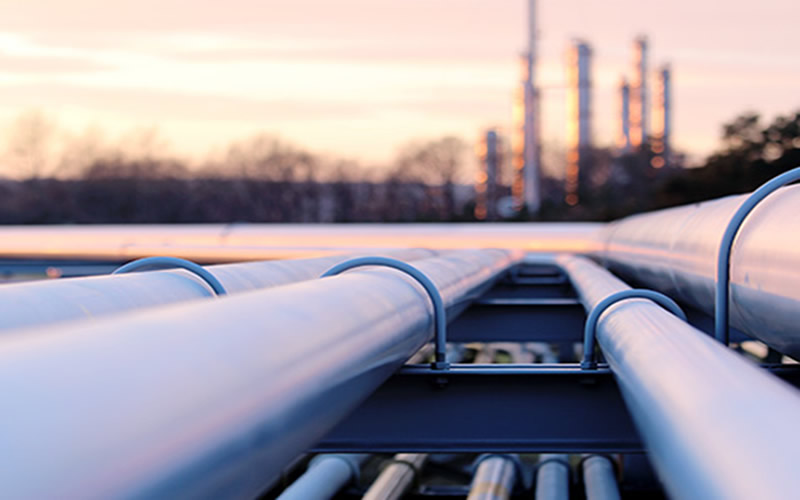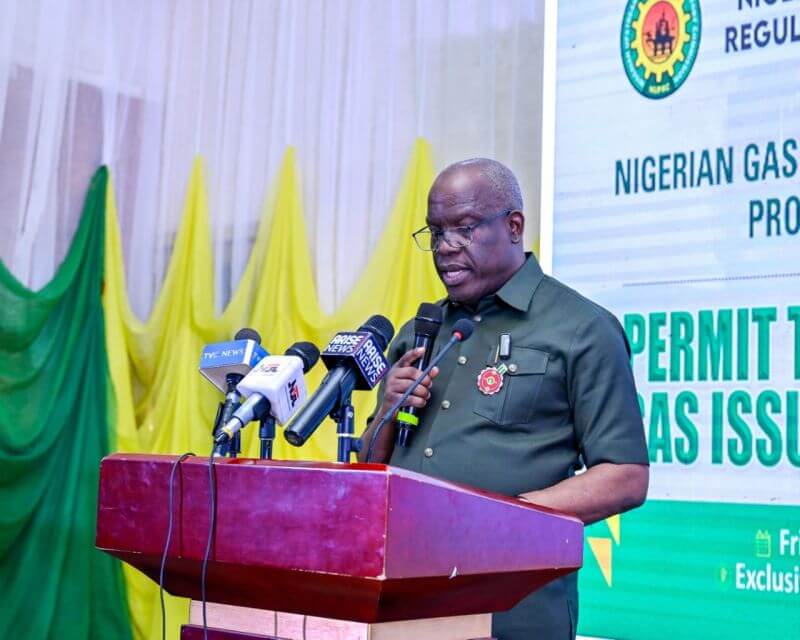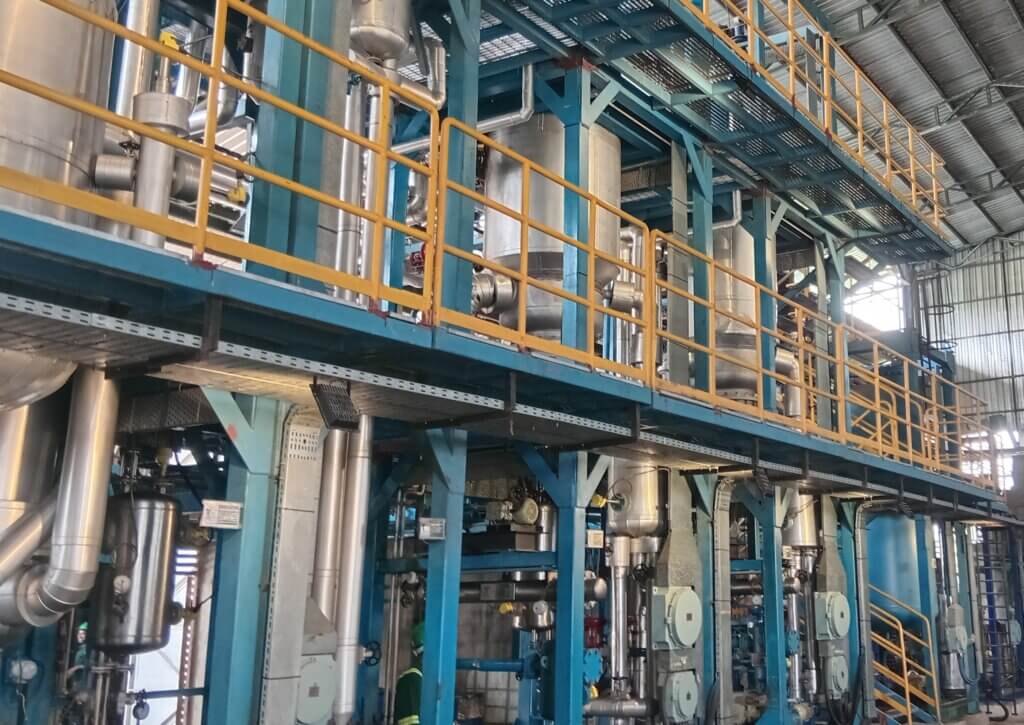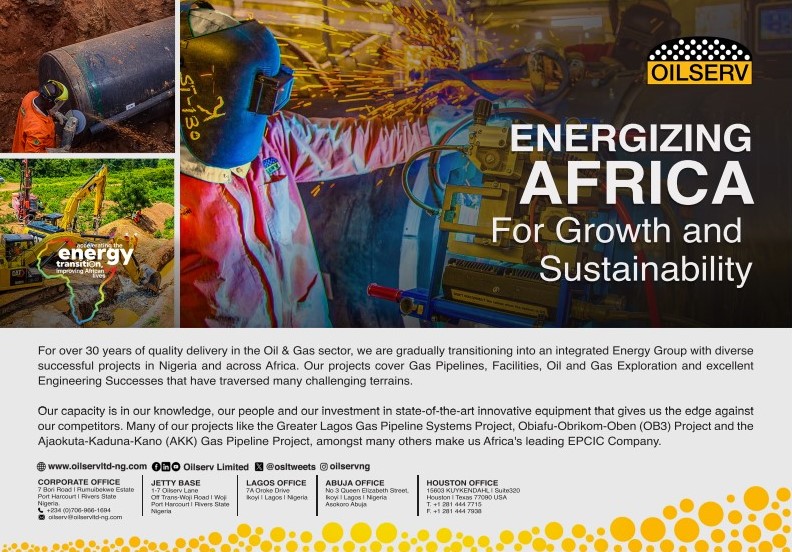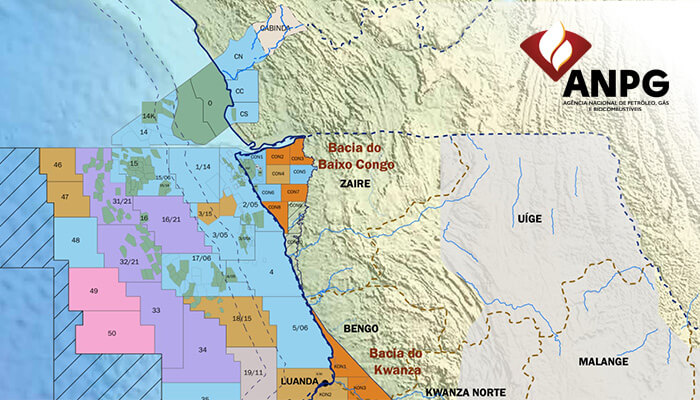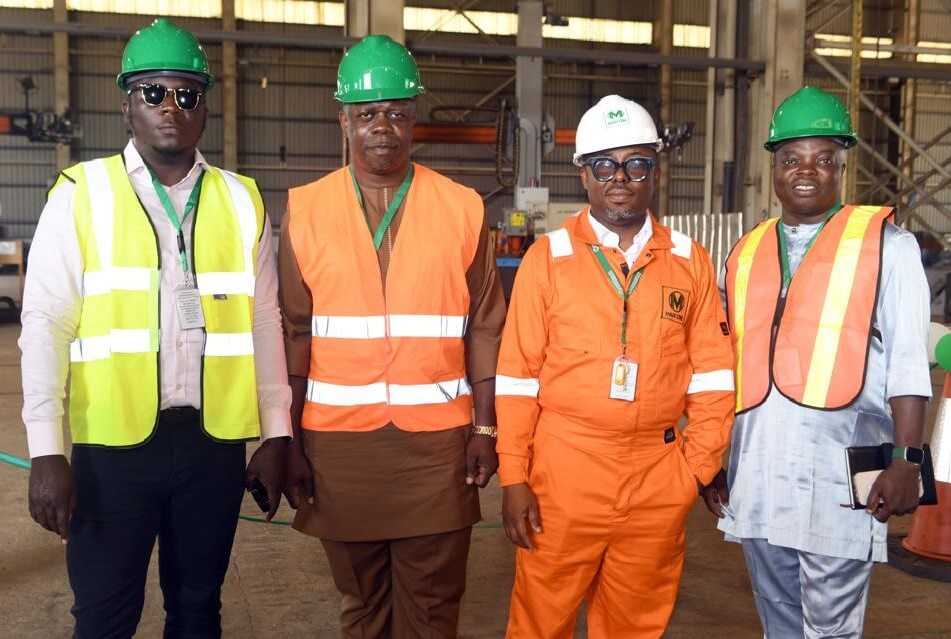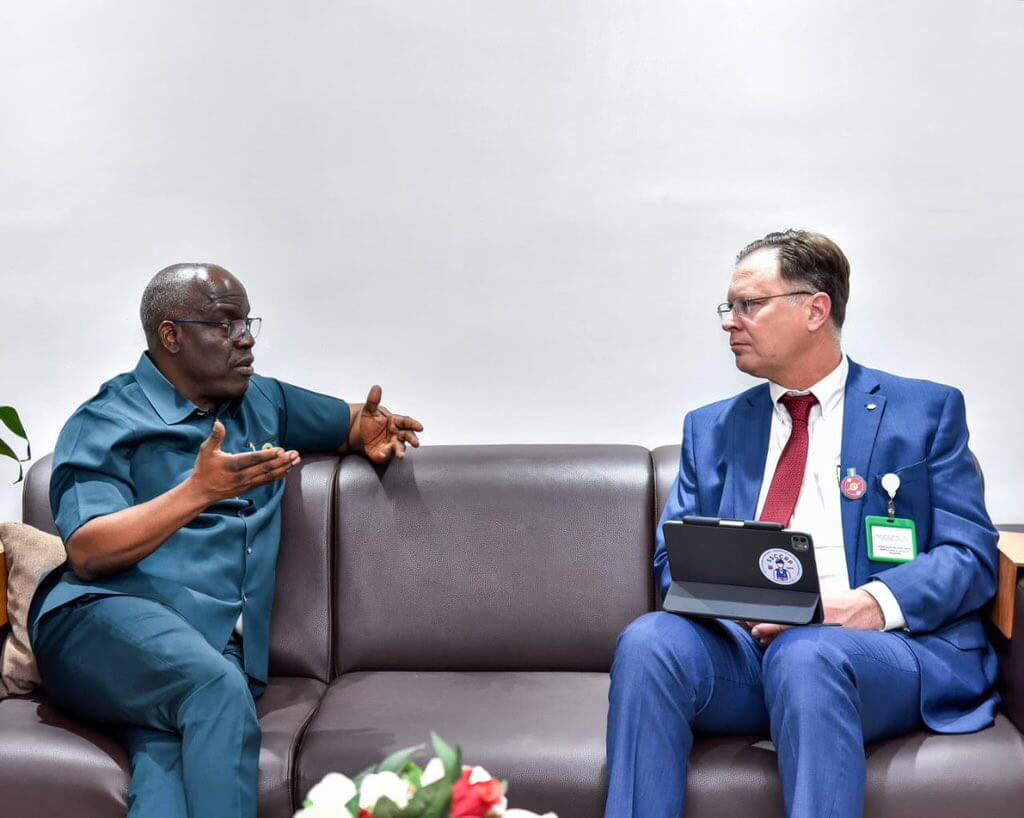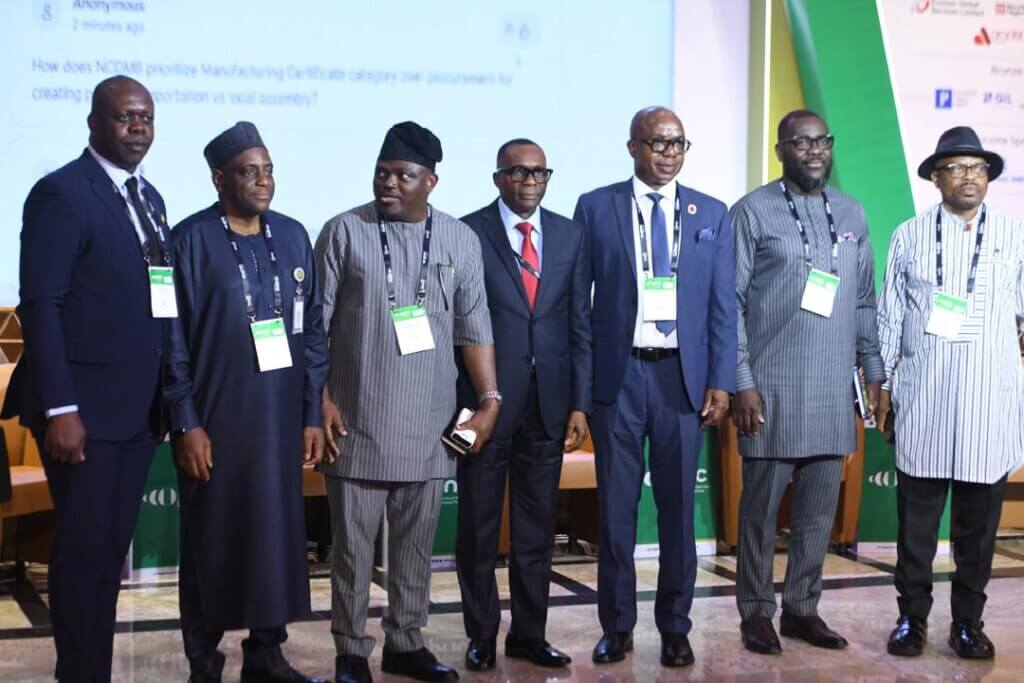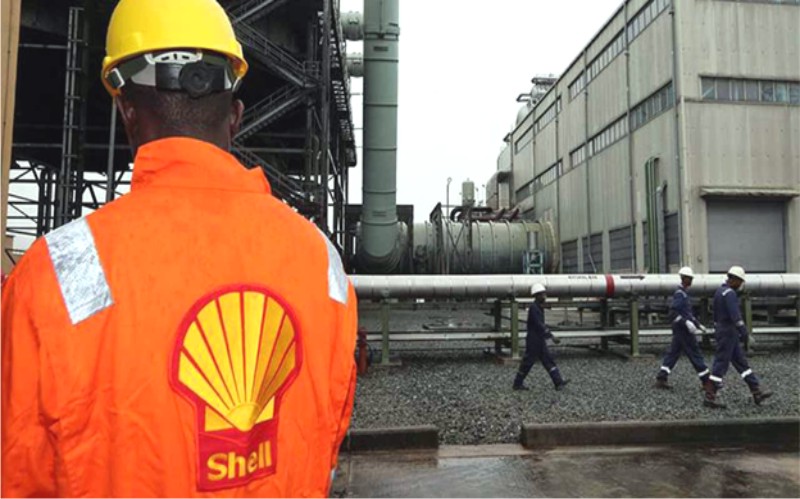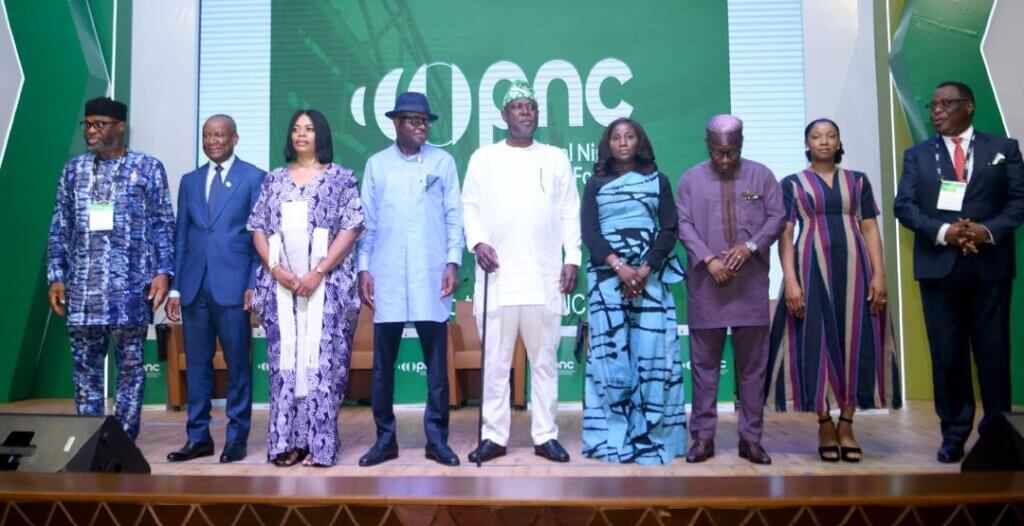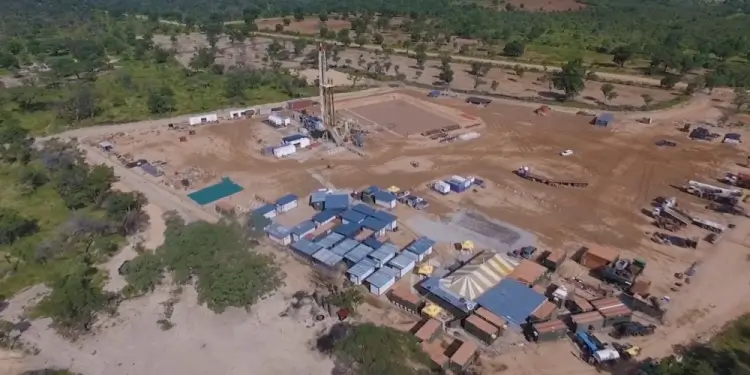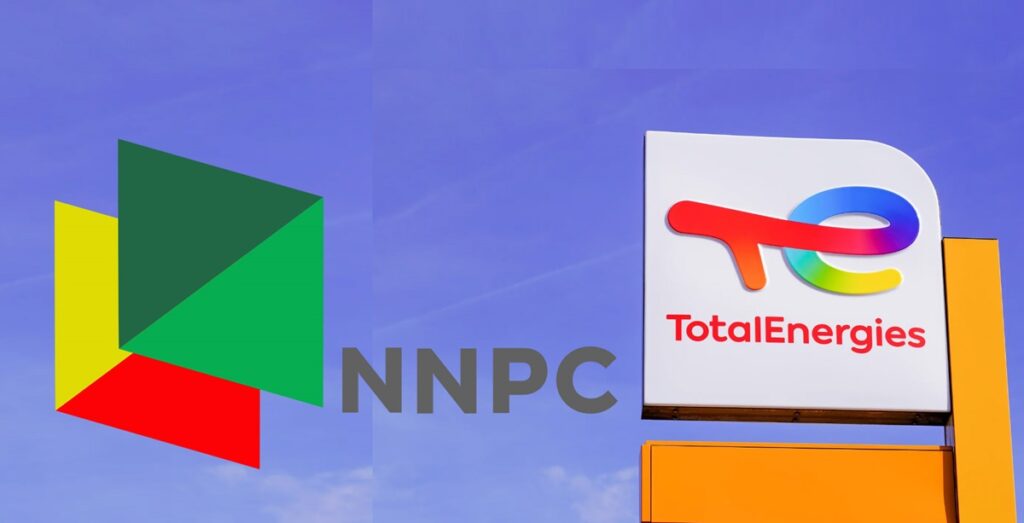
The Nigerian government commitment and pursuit of meeting the targets of 20% (unconditional) and 47% (conditional) greenhouse gas emission reduction as contained in the Nationally Determined Contribution under the Paris Accord Agreement signed by the President Bola Ahmed Tinubu administration has come to fruition as the NNPC Ltd/TotalEnergies Joint Venture achieved zero routine gas flare in all its assets.
This feat was announced on Thursday during an inspection tour of OML 100 in South-eastern Niger Delta, off Port Harcourt, by a joint team of NNPC Ltd and TotalEnergies to ascertain the success of the OML Flare Reduction Project launched in December 2023.
The NNPC Ltd/TotalEnergies Joint Venture, which is the concession holder of four leases, had hitherto achieved zero routine flaring across OML 99 (2006), OML 102 (2014), and OML 58 (2016), leaving OML 100 as the only lease with routine flaring going on.
The significance of this achievement is that the last routine flare volume of about 12MMscf/d (twelve million standard cubic feet per day) of gas has now been eliminated giving rise to a greenhouse gas emissions reduction of about 341KtCO₂e/yr.
The achievement is an outcome of a programme introduced by the NNPC Ltd to galvanize action towards achieving the zero routine flare by 2030 across its portfolio of assets.
It is also a testament to NNPC Ltd’s prioritization of sustainability anchored on the ‘first R’ of its 5R Strategy (Reduce, Replace, Renew, Re-plant, Repurpose), as it strives to reduce its carbon footprint.
Work is ongoing across all other assets within NNPC Ltd’s Upstream Directorate to ensure that all assets achieve zero routine flaring by 2030 or earlier.
TotalEnergies Perspective
The TotalEnergies Nigeria Country Chair and Managing Director, Mr. Matthieu Bouyer, in his perspective took time to explain the company’s journey so far towards achieving the net-zero aspiration. Positing that in the past years, the company had 300 to 350 kSm3 per day of routine flaring, which has now reduced to zero.
He said the achievement was important to the company and the country at large, as it will reduce emissions and increase production, while also commending the Federal Ministry of Environment, NUPRC and NNPC Ltd for the support.
Speaking further on the enablers that propagated the company in achieving this unprecedented feat in the sector ahead of it contemporaries and already projected time frame, Mr. Bouyer stated that deployment of latest technologies and utmost commitment to Paris Club target are the enablers.
“The objective of this project is double; reduce our emissions: our Company objective is to fully stop routine flaring in the Company by 2030. On that standpoint we are in advance in Nigeria since we stopped end 2023.
“Increase energy production: by stopping routine flaring, we are able to valorize the gas, thereby creating value for the country. This achievement is one of the practical demonstrations of TotalEnergies Commitment to deliver less carbon-intensive energy to our customers and also aligns with the Nigerian government’s objective to foster a low carbon economy. In a nutshell, it is more energy for less emission,” He said,
TotalEnergies further emphasized that the company s making advance and innovative searches on its future projects to accommodate flare gas in sustenance of the great feat and that all TotalEnergies new projects have a mandatory non routine flaring design.
“The rule is that any new project should improve the emissions intensity of our operations. For example, our recent projects such as Egina and Ikike were stared-up without flaring.”
“Reducing methane emissions is a priority, and TotalEnergies intends to establish an exemplary track record in this area. AUSEA drone campaigns allow us to detect and measure Methane emissions on site so we can take actions towards reducing or eliminating such emissions. We work alongside our partners to implement such best practices on our non-operated assets as well, “ He posited.
“Reducing fuel gas consumption: we develop energy efficiency technologies to reduce our consumption of fuel gas and liquid fuels. For example, we use solar technology onshore with a 5MWp solar project at our OML58 field. It will contribute to produce a cleaner oil and gas from the field.
“In reducing gas flaring further on our facilities, work is done for routine flaring, and we study the next step which is reducing further the safety flaring.” Mr. Bouyer, Asserted.













